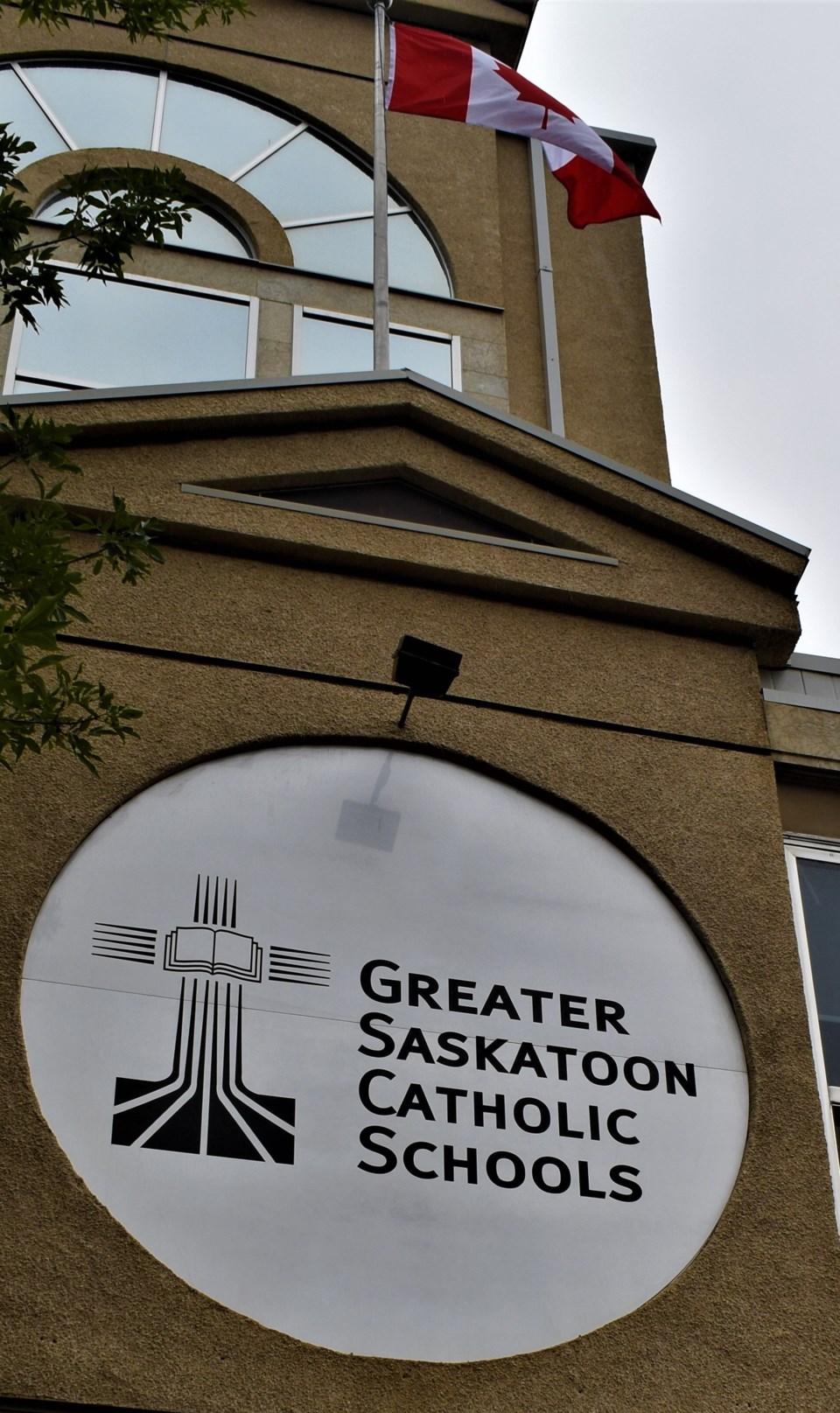SASKATOON — The Greater Saskatoon Catholic Schools are facing a challenging task as they strive to present a balanced budget for the upcoming 2023-2024 school year. With a submission deadline of June 30, the GSCS is left with less than two months to make difficult decisions about which programs and services will be slashed.
Instead of focusing on enhancing educational services for their students, the GSCS board grapples with the grim reality of what students and families will be forced to go without. Among the cost-cutting measures being considered are eliminating teacher librarian positions and the levelling literacy intervention, a literacy program that specifically aids vulnerable students.
Furthermore, the GSCS plans to axe the attendance care team, which provides targeted attendance support, along with the extended learning opportunities program for gifted learners in elementary school. The EcoJustice program, which offers outdoor learning classes for Grade 8 students, will be terminated.
To optimize transportation resources, the GSCS will reduce the number of schools offering full-time (all-day, every-day) kindergarten from 10 to just two. Unfortunately, this change will result in longer bus ride times for students.
To offset some of these reductions, the GSCS has proposed increasing elementary school lunch supervision fees for Saskatoon schools. The fees, previously set at $70 per student or $140 per family per year, will now be raised to $100 per student and capped at $200 per family. A high school lunch supervision fee of $25 per student per year will be introduced, and after-hours facility rental rates will be increased.
Maintaining the same level of support and programming for the 2023-2024 school year would plunge the GSCS into a $1.5 million deficit. However, they are hopeful as they expect to receive an additional $4.7 million to accommodate an anticipated increase of 700 students.
Regrettably, no further funding is anticipated to address rising costs resulting from inflation, such as utilities, transportation, insurance, CPPP, and EI. Additionally, funds for salary increases for non-teaching staff have yet to be negotiated.
As the clock ticks towards the budget submission deadline, the GSCS faces the formidable task of balancing financial constraints with the needs of their students and families. Difficult decisions lie ahead, and the impact of these cuts will undoubtedly be felt across the school district.



